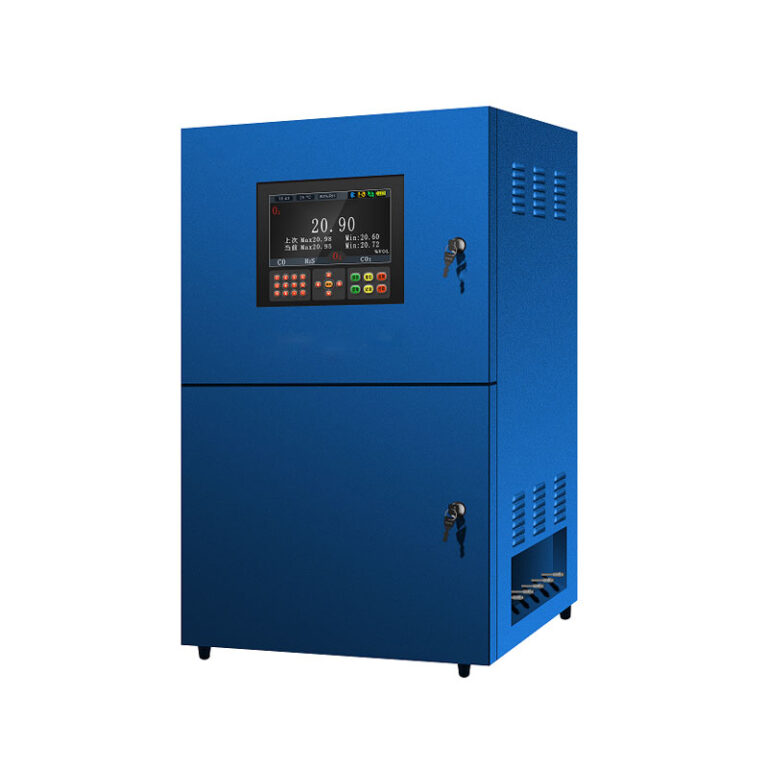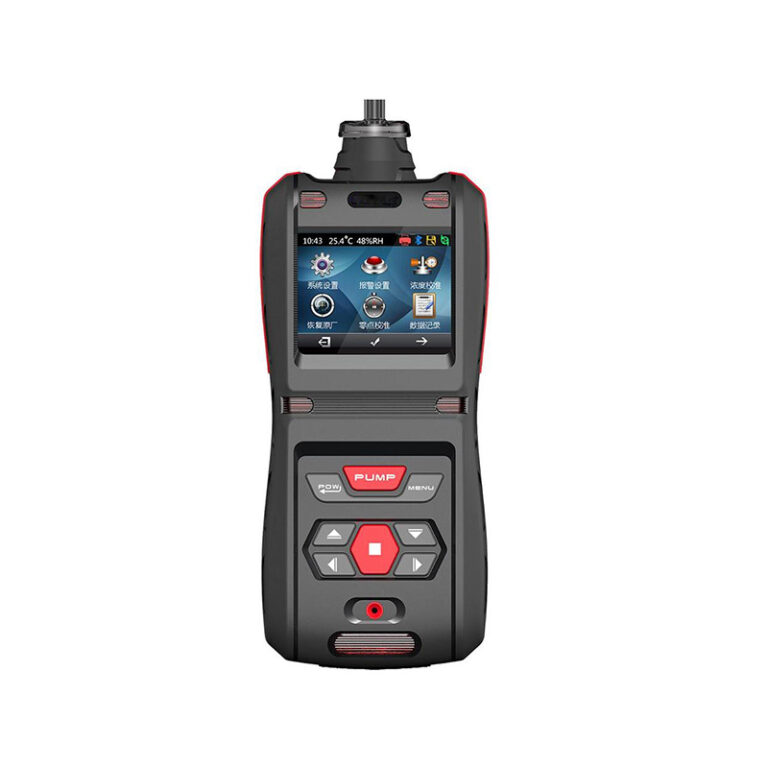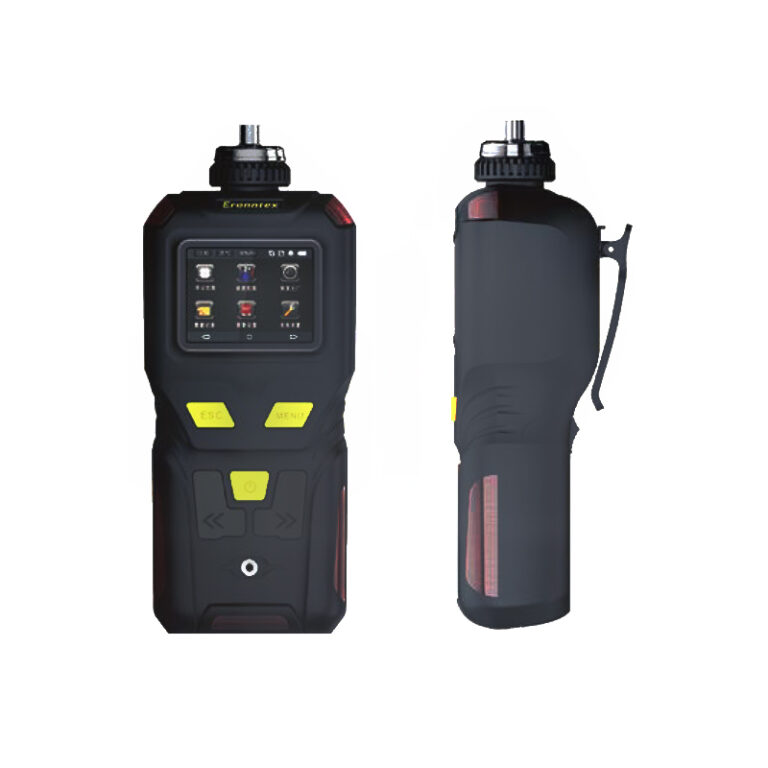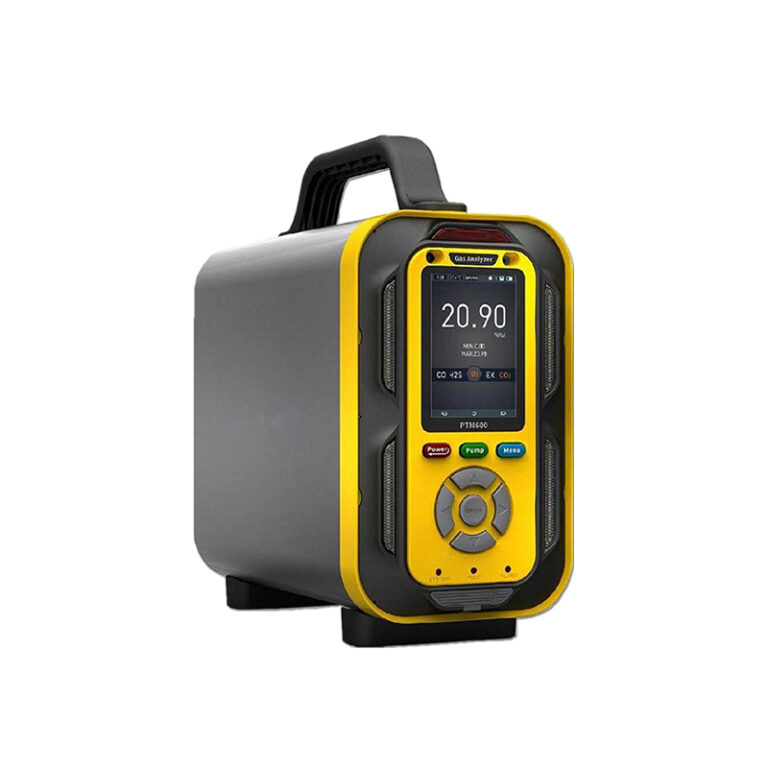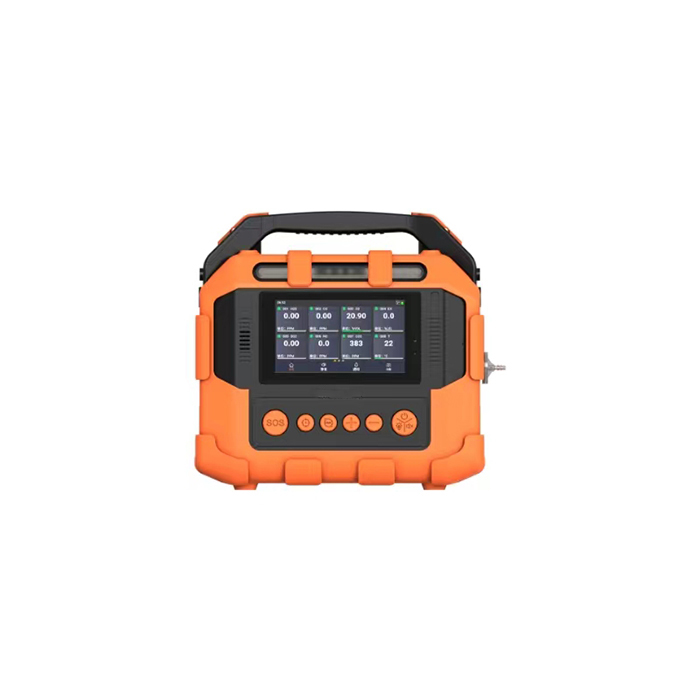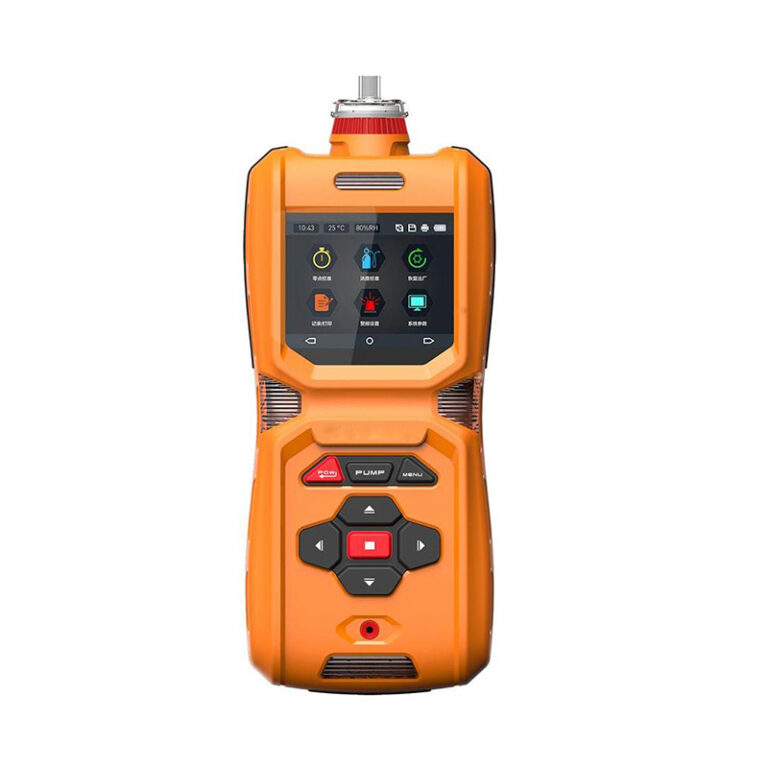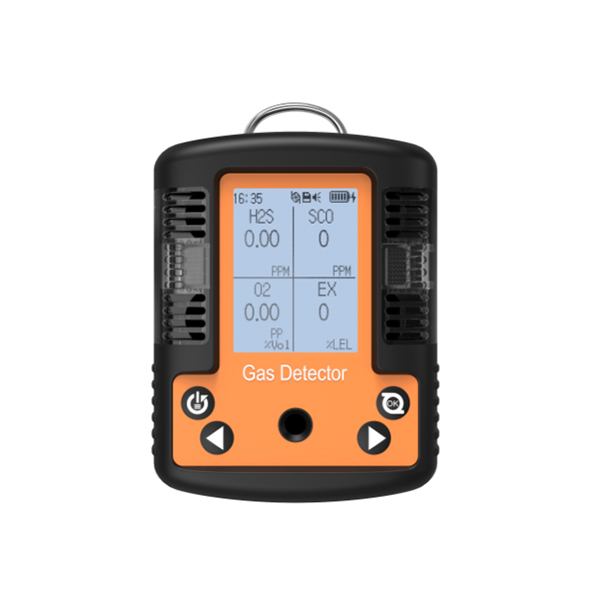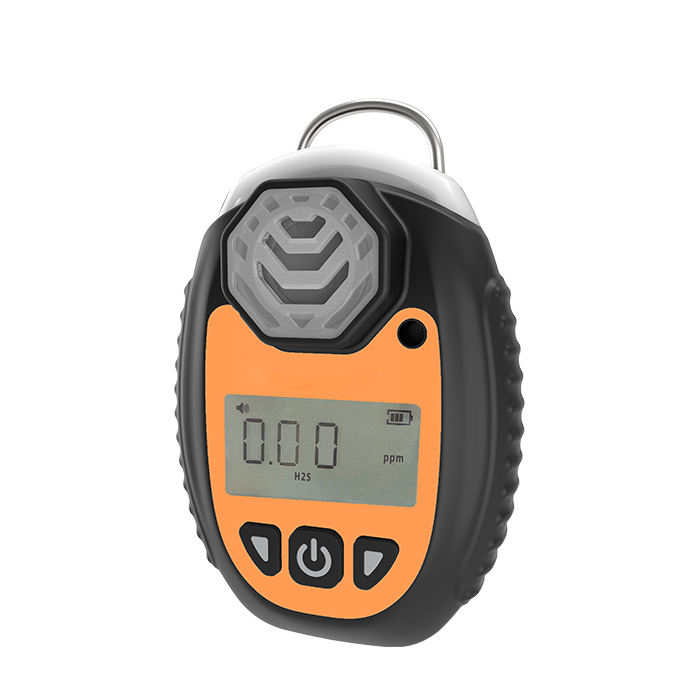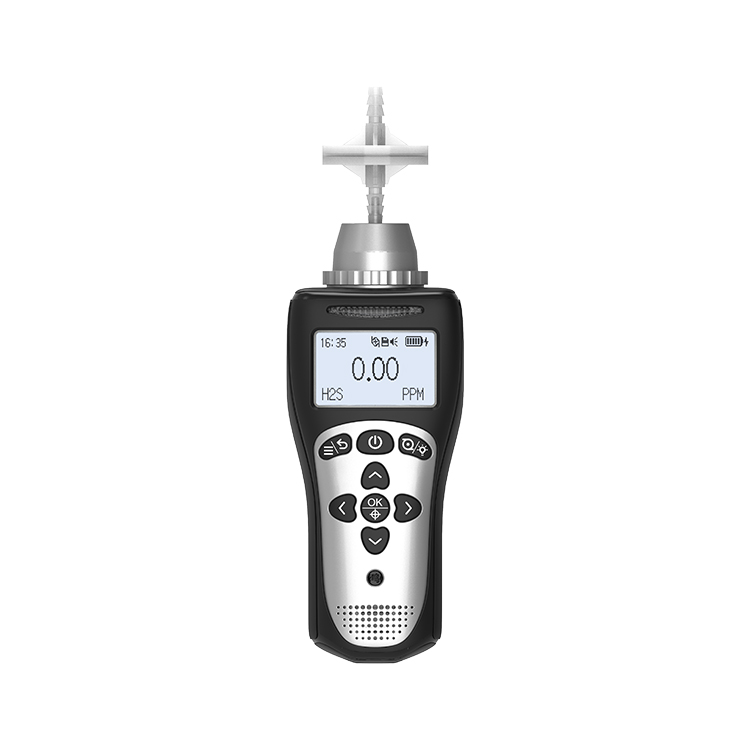Product Categories
Application Scenario
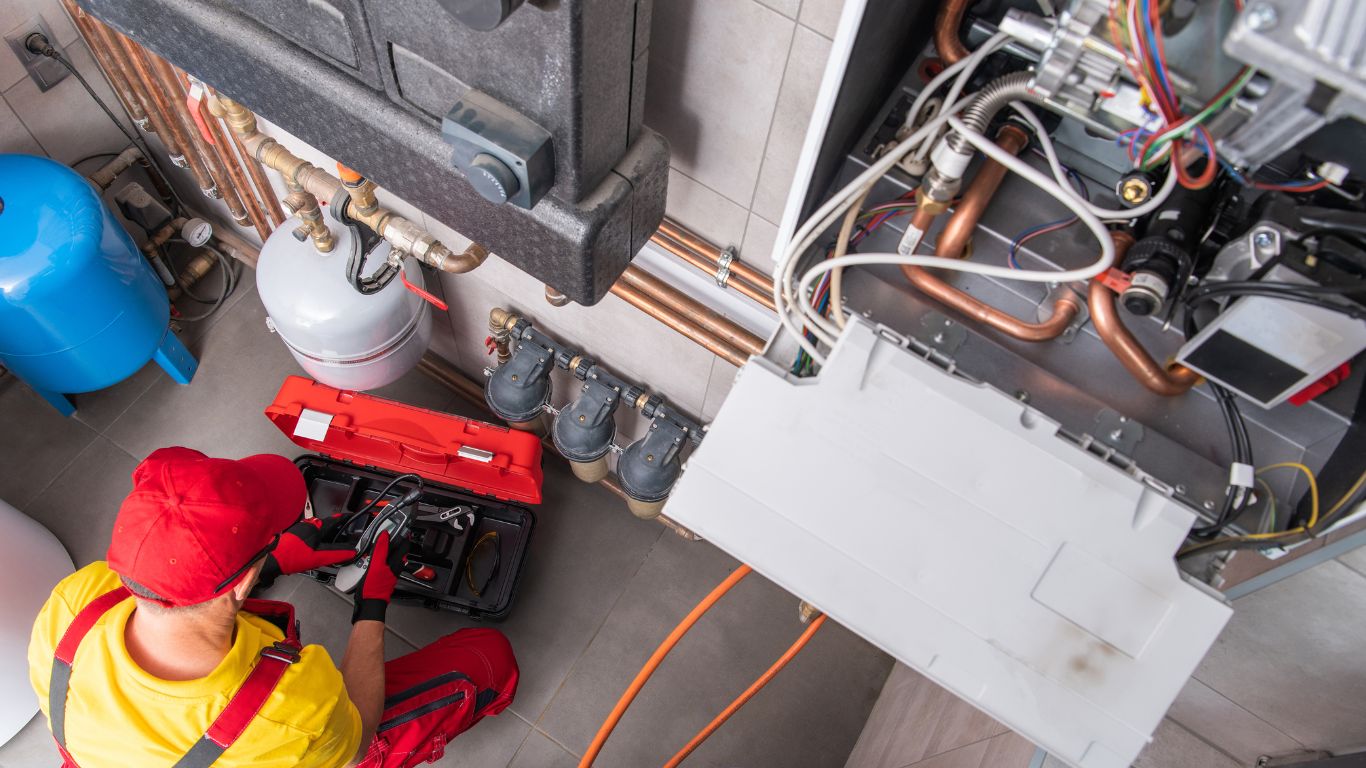
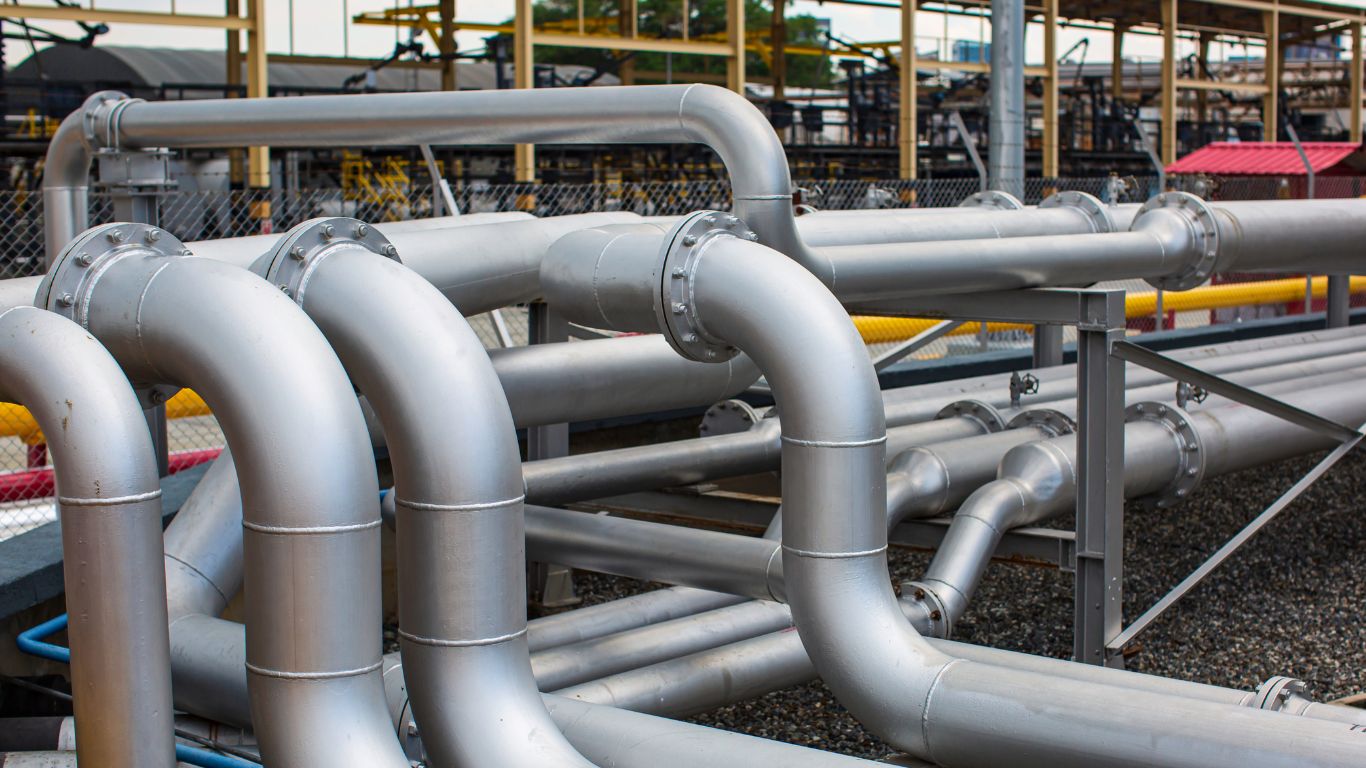
FAQs
Invisible Threats, Unmatched Protection.
How does a gas detector work?
Gas detectors use sensors (electrochemical, catalytic, infrared, or semiconductor) to detect specific gases and trigger alarms when concentrations exceed safe levels.
What types of gases can a gas detector monitor?
Common gases include combustible gases (methane, propane), toxic gases (CO, H₂S), and oxygen levels (O₂ deficiency/enrichment).
Where are gas detectors commonly used?
Industrial plants, oil & gas facilities, confined spaces, laboratories, and residential areas (for CO detection).
How often should a gas detector be calibrated?
Typically every 3–6 months, depending on usage and manufacturer recommendations, to ensure accuracy.
What’s the difference between portable and fixed gas detectors?
Portable detectors are for personal safety and spot checks, while fixed detectors provide continuous monitoring in high-risk areas.
Can gas detectors operate in extreme environments?
Some models are designed for harsh conditions (high humidity, extreme temps), but always check the IP rating and specifications.


